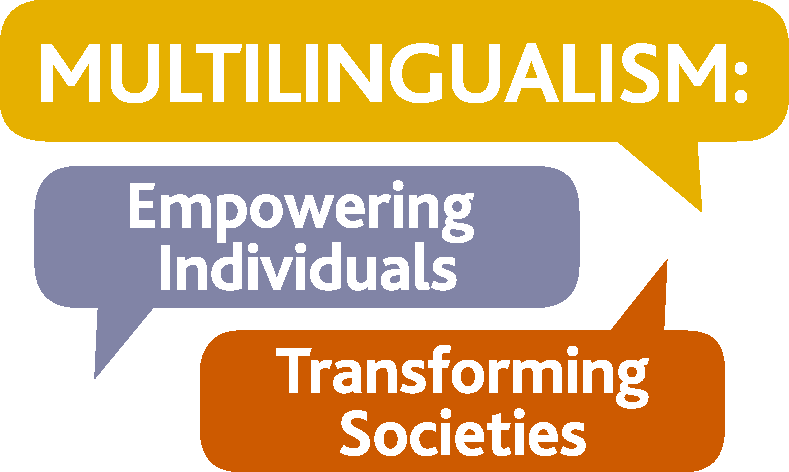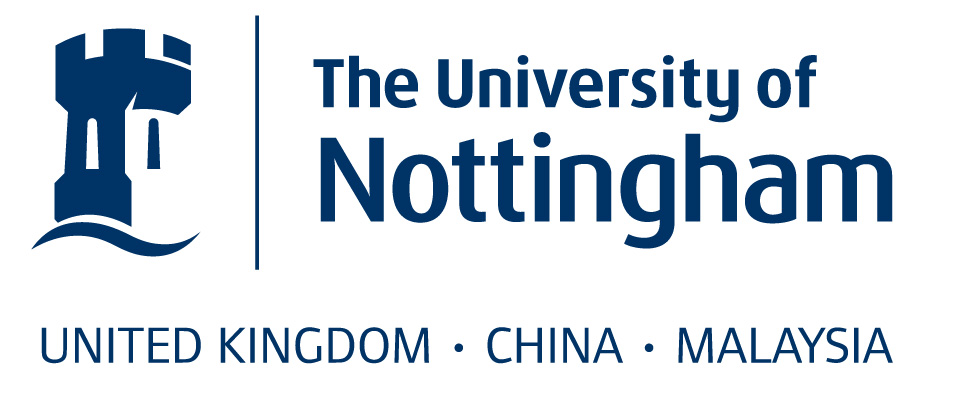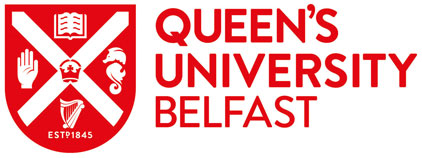Two months ago, my colleague and I drove down to a local school to conduct a pilot study of our research on the influence of identity on foreign language learning for the Education Strand of the MEITS project. This is an empirical study which aims to provide a nuanced understanding of the ‘identity work’ (Holland & Lachicotte, 2007: 107) of both monolingual and multilingual children in learning foreign languages, and through a pedagogical intervention programme to enable all children to develop their ‘identity competence’ (Liu, et al., 2017 in press: 10)
The pilot study involves a questionnaire for Year 8 and Year 9 students in secondary school. Our first question was ‘what is your nationality?’ and the last was ‘do you feel more English, British, European or International?’ During the planning stages, we went through the questionnaire many times as a team but this was the first time that I had picked up a pen and tried to complete the questionnaire myself.
‘Nationality? Chinese’; ‘Languages? Chinese, English, Cantonese, a bit of Japanese’… The questions all went down well until I reached the end of the questionnaire which requires me to decide whether I, as a UK resident, feel more English, British, European or International’ and put a cross on the spectrum of a line. I admit that it was the first time that I had some ‘identity crisis’, as I didn’t know where to put myself on this spectrum, as a Chinese migrant living in the UK. There is no doubt that I still feel very Chinese, but at the same time I also feel more English and international. I am on both ends of the spectrum, so I was indecisive in answering this question. I got stuck.
In the classroom where I conducted the pilot study, some students also got stuck. This is a very mixed class with children from different social, cultural, linguistic and ethnic backgrounds. Two boys, one each from an Asian and Eastern European ethnic background, caught my attention. Most students started immediately to write answers or chat with peers. The two boys, however, were very quiet and hesitant to even answer the first question. They asked me what the word ‘nationality’ means. I had tried ‘where are you from?’, ‘where are you originally from?’ ‘where were you before you came here?’ ‘where did you live?’ ‘where are your grandparents?’. None of these seemed to work. I thought that they might have some difficulty in understanding the word nationality, but I realised there might be something that they did not want to reveal: their language, heritage, past experience and most of all, their identity. I even regretted the very intrusive way I tried to explain the word nationality. The two boys did not manage to get to the last question, but I was wondering where they would place themselves on the spectrum of ‘more English, British, European or International’.
Schools are a microcosm of the society where migrant children might be required to report who they are on a daily basis. I was curious about how they deal with all sorts of situations in the home, school, community and society. This is certainly related to the old philosophical question of ‘who we are’. Losing the sense of self might result in feeling isolated and dislocated. Migrant children, particularly refugee children, are very vulnerable in this respect. They might not want to reveal their identity as a result of their past experience of uncertainty, trauma and rejection, so it’s important to support them to identify and/or reidentify themselves through developing identity competence.
It is indeed our social, moral and educational responsibility to find the most effective way to achieve this. Now the question is what we can do to unlock the potential of migrant children’s heritage and to help them make a success of their lives. This is a research question as well as a policy one and I would argue that community/complementary schools have a significant role to play in achieving this goal. These schools, which are sometimes called Saturday or Sunday schools, are volunteer schools organised by parents and charities of minority ethnic groups to support bilingual migrant children to maintain their heritage language (see CRiCLE-Net, Cambridge Research in Community Language Education for more information).
The value of these community schools has not been fully recognised by the government. Much research in this area, however, has clearly shown that community schools have three important roles to play in supporting migrant children: to help them to integrate into the society (integration and mobility), to connect them to their diasporic culture (heritage and community), and to support them to advance their learning (literacy and education). The current government’s approach to supporting migrant children tends to focus on ‘integration’ through mainstream schools, but I would argue that community schools provide an effective, efficient and cost-effective way to achieve multiple purposes of supporting migrant children. This holistic community-based approach further problematises the narrow view of integration which focuses on the inbound trajectory of migrants in a social and linguistic community of practice (Wenger, 1998), as migrant children are expected to lose their original identity and become the other (Liu & Evans, 2016). Integration, in my opinion however, is not a ‘one-way ticket’ (Ouyang, 2001) in the UK as a community of practice, but should be seen as a multidimensional process of supporting migrants to unlock the potential of their heritage and to make the most out of it. In this process, community schools provide a safe space and an accessible pathway for migrant children to develop their identity competence, ensuring that they are confident about who they are, live comfortably in a new civic society, and most importantly pass on the positive energy to those who follow the same path. In an open world post-Brexit in particular, I would argue that the concept of integration should be redefined to include a stronger community dimension and a positive notion of releasing the potential of heritage.
Holland, D. C., & Lachicotte, W. (2007). Vogotsky, Mead and the new sociocultural studies of identity. In H. Daniels, M. Cole & J. V. Wertsch (Eds.). The Cambridge companion to Vygotsky (pp. 101-135). Cambridge, UK: Cambridge University Process.
Liu, Y., & Evans, M. (2016). Multilingualism as legitimate shared repertoires in school communities of practice: Students' and teachers' discursive construction of languages in two schools in England. Cambridge Journal of Education, 46(4), 553-568.
Liu, Y., Fisher, L., Forbes, K., & Evans, M. (in press). The knowledge base of teaching in linguistically diverse contexts: 10 grounded principles of multilingual classroom pedagogy for EAL. Language and Intercultural Communication, 17(4): 1-18. DOI: 10.1080/14708477.2017.1368136.
Ouyang, H. (2000). One-way ticket: A story of an innovative teacher in Mainland China. Anthropology & Education Quarterly, 31(4): 397-425.
Wenger, Etienne (1998). Communities of practice: Learning, meaning, and identity. Cambridge: Cambridge University Press.
Note: comments are moderated before publication. The views expressed in the comments are those of our users and do not necessarily reflect the views of the MEITS Project or its associated partners.






